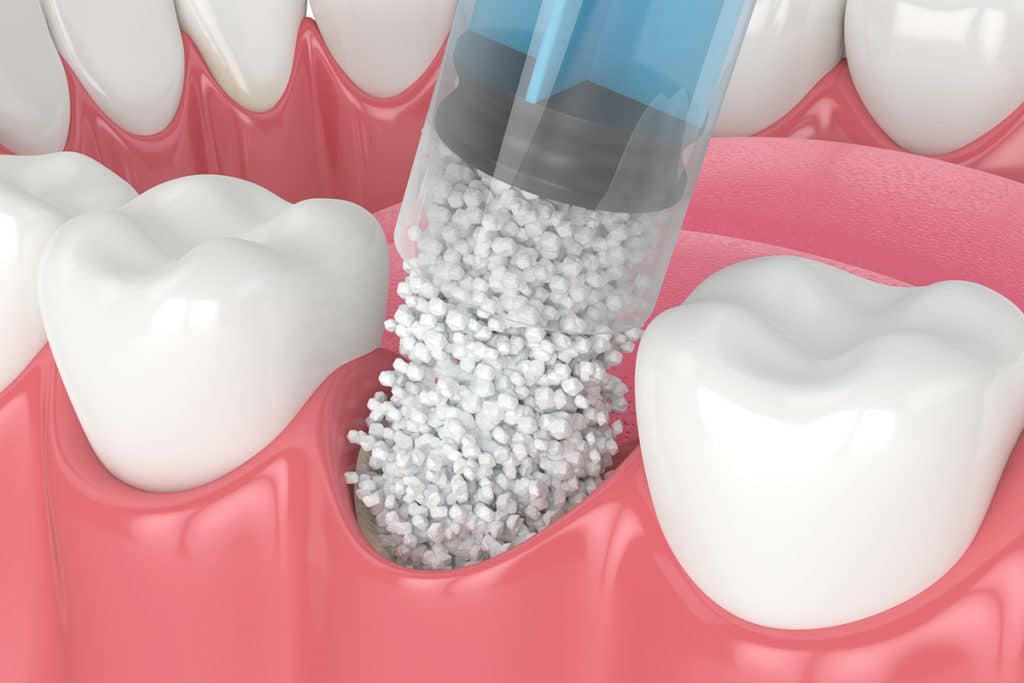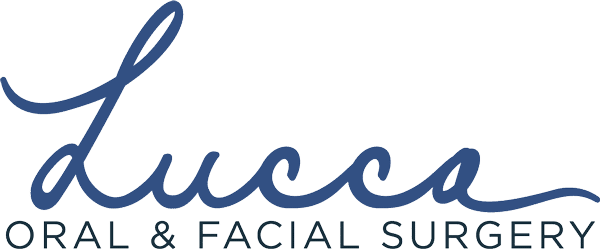How Long Does It Take to Recover from a Dental Bone Graft?

Recovering from a dental bone graft is an essential step in many oral health treatments, particularly when preparing for dental implants. Understanding what to expect during the recovery phase can help ease any concerns and enable patients to follow the necessary care instructions for optimal healing. While recovery times can vary based on several factors, having a clear timeline and knowing how to manage the process is vital for a smooth experience.
Whether you’re undergoing a bone graft to preserve jawbone health or to support future dental restorations, this guide will walk you through what to expect during the healing process, how long it typically takes, and steps to help ensure a successful recovery.
The Initial Recovery Phase
The first stage of dental bone graft recovery focuses on healing from the procedure itself. Right after the surgery, you may experience some swelling, mild discomfort, and minor bleeding at the graft site. These symptoms generally peak within the first 48-72 hours and gradually improve as the tissues begin to heal.
During this period, your oral surgeon may recommend a soft food diet, avoiding activities that put pressure on the graft site such as vigorous rinsing or chewing, and using over-the-counter pain relievers or prescribed medications to manage discomfort. Ice packs can also be helpful in reducing swelling during the first 24 hours. Most patients find that they are able to resume light activities within a few days, but full adherence to your surgeon’s instructions at this stage is essential to protect the healing graft.
Long-Term Recovery and Influencing Factors
The long-term recovery phase involves the integration, or osseointegration, of the graft material with your natural bone. This process is gradual and can take several months, depending on your overall health, age, and the extent of the graft. On average, full maturation of the dental bone graft typically takes between three and nine months.
Certain factors can influence the healing process, including pre-existing medical conditions like diabetes, smoking habits, and the specific type of bone graft material used. Patients who follow healthy lifestyle practices and attend all follow-up appointments are more likely to have a smoother and quicker recovery. Your oral surgeon will monitor the graft site during this time to ensure successful integration and to confirm when it’s ready to support further treatments, such as dental implants.
Tips for a Smooth Recovery
Taking proactive steps during your recovery can significantly improve healing outcomes. Here are some tips to help ensure a smooth and successful recovery experience:
- Follow Post-Operative Guidelines: Adhere to all instructions provided by your oral surgeon, including medication schedules, cleaning routines, and dietary recommendations.
- Maintain Proper Oral Hygiene: Keeping your mouth clean is crucial to prevent infection. Use any prescribed mouthwash, and avoid brushing directly on the graft site until instructed otherwise.
- Stay Hydrated and Eat Soft Foods: Choose nutrient-dense, soft foods that don’t require chewing, such as yogurt, smoothies, mashed potatoes, and soups, to support healing without irritating the surgical site.
- Avoid Tobacco and Alcohol: Smoking and alcohol can slow the healing process and increase the risk of complications, so it’s best to avoid them entirely during recovery.
- Rest and Avoid Strenuous Activities: Give your body adequate time to heal by avoiding heavy lifting, bending over, or activities that increase blood flow to the head.
By following these guidelines, you can enhance your recovery and reduce your risk of complications.
What to Remember Moving Forward
Recovering from a dental bone graft requires patience and adherence to your oral surgeon’s care plan, but the effort pays off in restoring a strong, healthy foundation for your oral structures. Whether you're preparing for dental implants or improving overall jaw health, understanding the recovery timeline and following recommended best practices will help you achieve the best possible outcomes. If you have questions or concerns during your recovery, don’t hesitate to contact your oral surgeon for guidance.
Frequently Asked Questions About Bone Grafting
How painful is recovery from a dental bone graft?
Most patients report mild to moderate discomfort following a bone graft procedure. Over-the-counter pain relievers, ice packs, and resting can help manage any discomfort. Your oral surgeon may also prescribe medications if needed. The initial discomfort usually subsides within a few days, with significant improvement seen after the first week.
Can I resume normal activities during recovery?
You should avoid strenuous activities and heavy lifting for at least two weeks after the procedure to promote healing. Light activities can usually be resumed within a few days, but always follow your oral surgeon’s advice regarding physical exertion, as individual recovery times may vary.
At Lucca Oral and Facial Surgery, we specialize in advanced procedures like dental implants and bone grafting to provide you with exceptional care. Our team is dedicated to helping you achieve optimal oral health in a welcoming and professional setting. To learn more about our services or schedule a consultation, please contact us.






